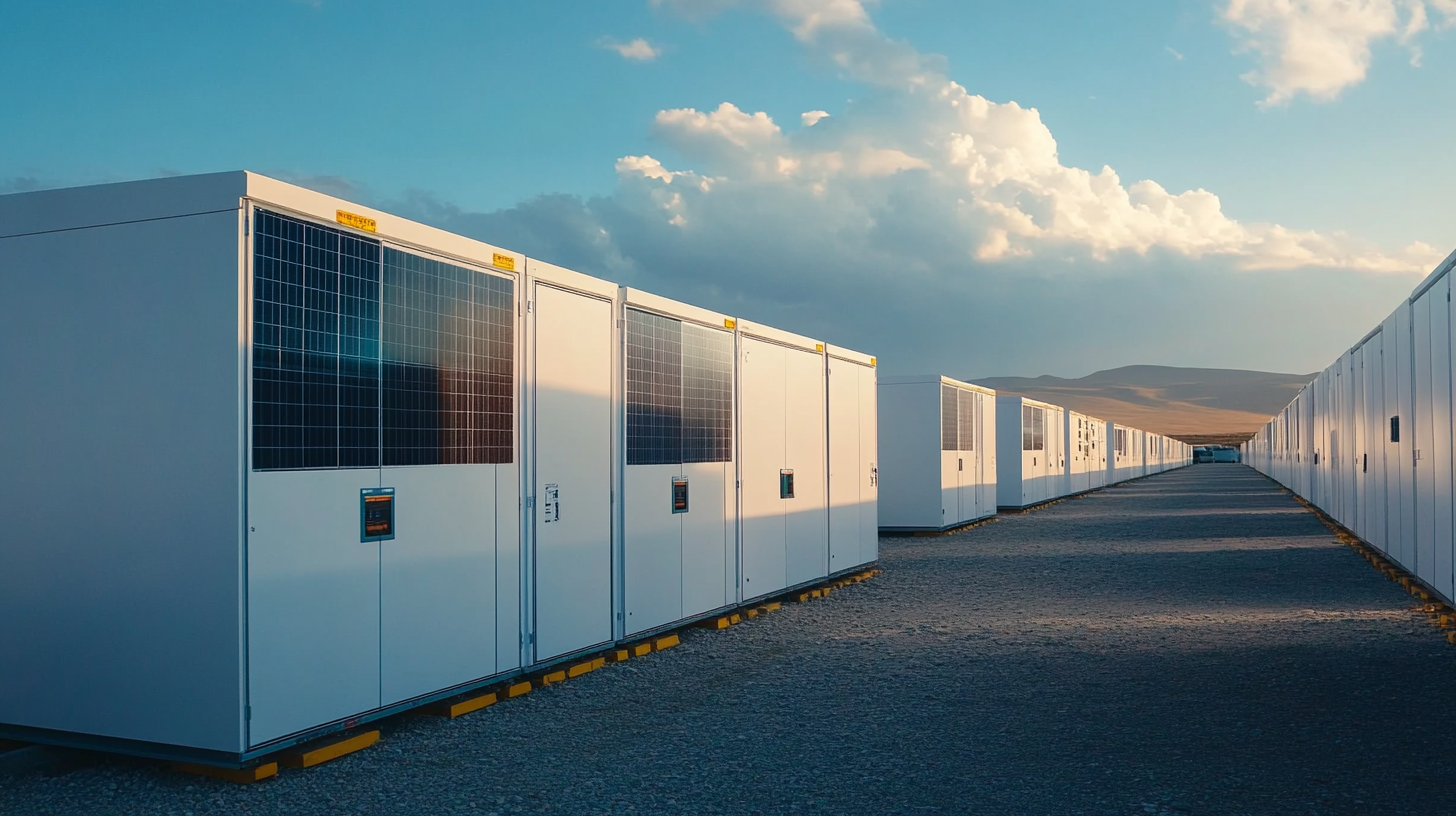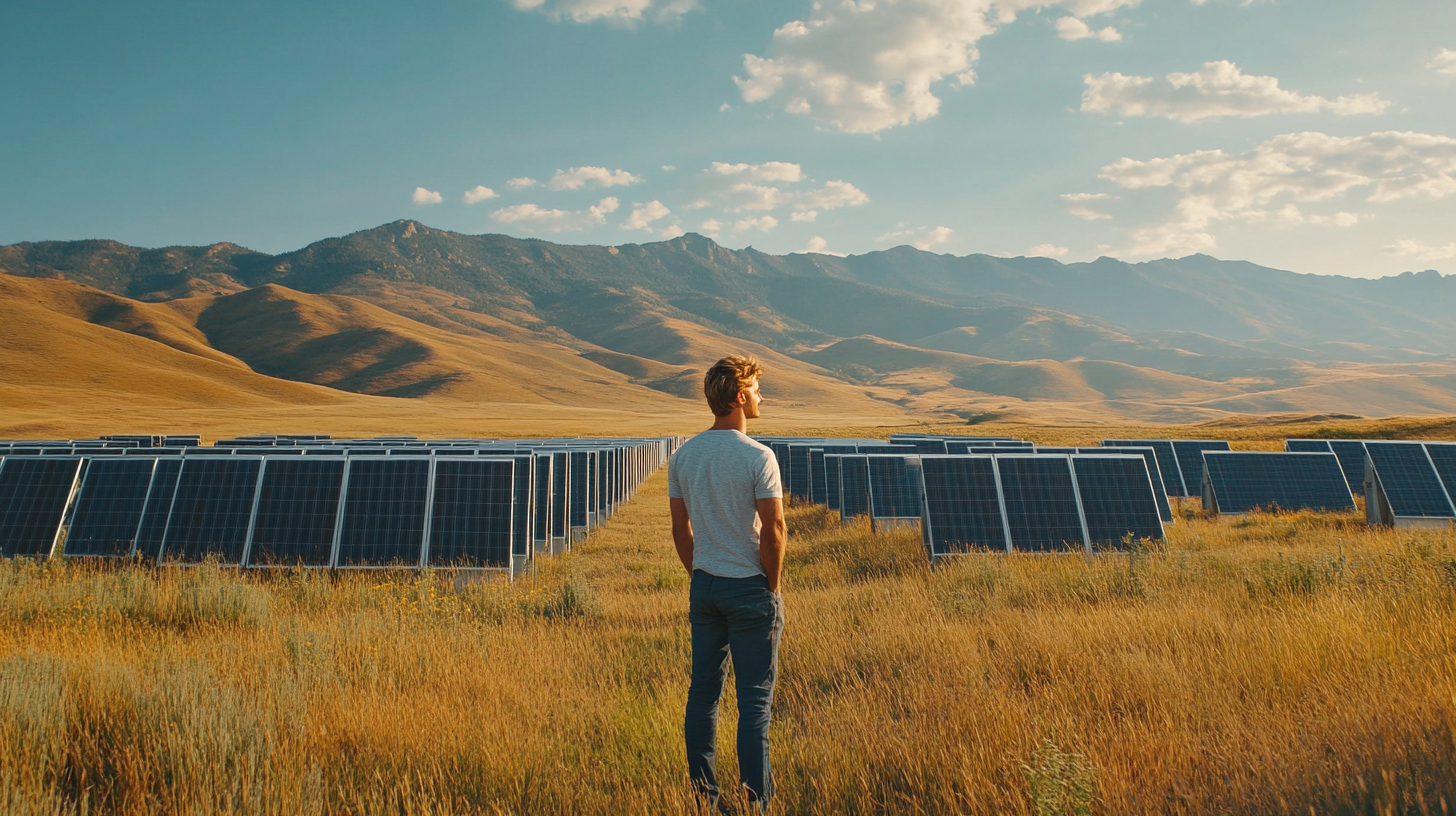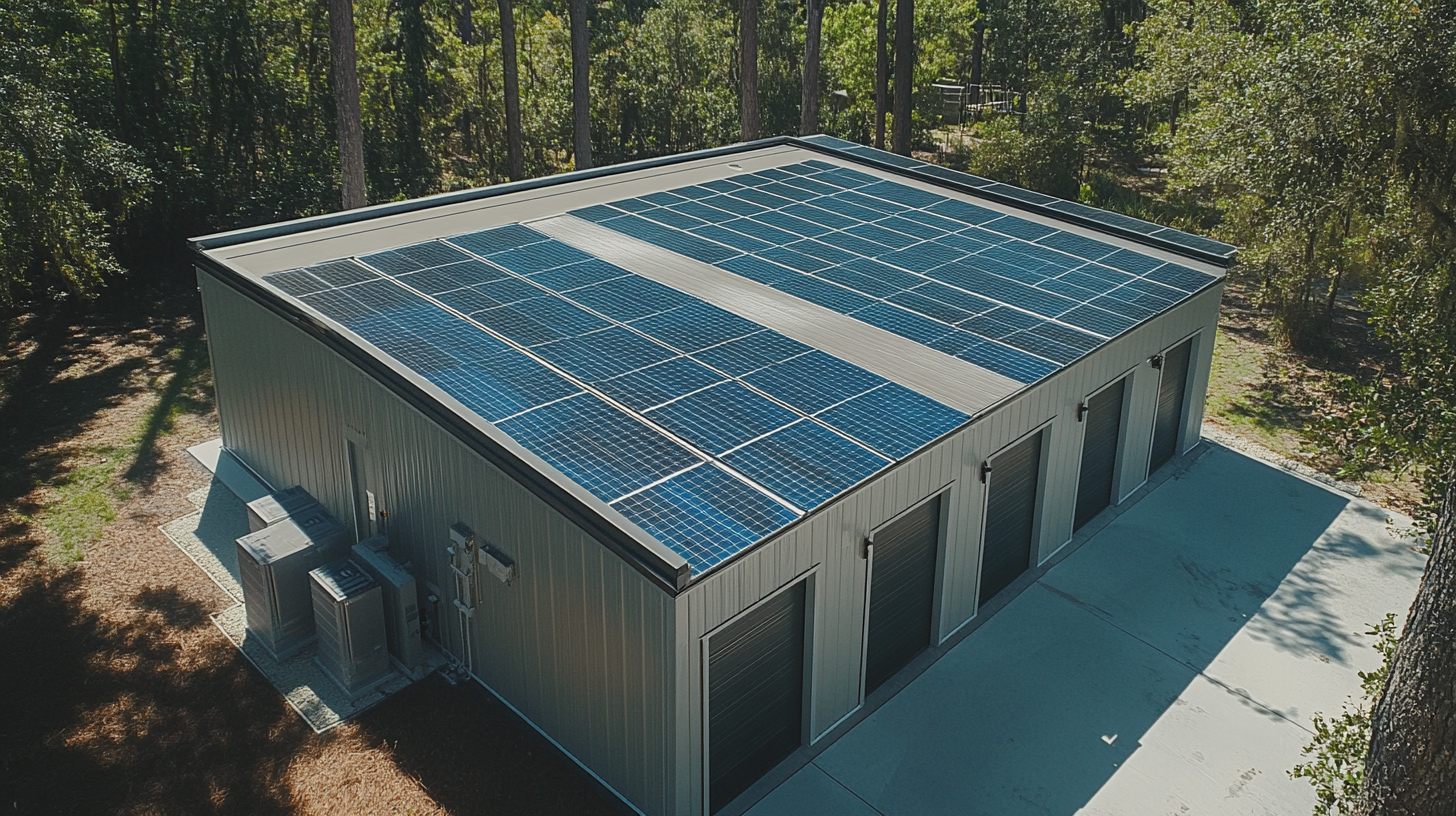Blog
- Home
- Blog
Unlocking the Secrets to Sourcing Top Tier Solar Energy Storage Solutions for Global Buyers
Emerging as a new frontier in the evolution of solar energy systems, storage of solar energy has become a very relevant part of that whole system. According to the International Energy Agency (IEA), the adoption rates of solar energy with battery storage systems have currently increased dramatically, experiencing a projected growth rate of more than 23 percent per annum towards 2026. That continuous demand is a clear indication that the critical mass of global buyers just has to learn to live in the very complex world of solar energy storage solutions. At this time, when rapid technology advancements lowered costs, it favors both investors and consumers and posed new challenges for energy security and sustainability.
Sourcing their solar energy storage systems of high quality will be one of the most important tasks for businesses and institutions with aspirations on making the most out of solar energy as a source of energy. The storage market for energy is expected to become even bigger, according to predictions from BloombergNEF, which says that the market will have a cumulative 1,000-gigawatt hour capacity by 2040. Sourcing a strategic partnership or making a sound procurement decision has become really urgent. A whole lot of offerings, from lithium-ion batteries to the latest emerging technologies, are available now; global buyers should learn the complexities and merits of various storage solutions to unleash their complete potential and meet long-term energy goals.

Trends in Global Solar Energy Storage Market: Insights and Forecasts for Buyers
The global solar energy storage market has very good growth prospects future market trends estimate the market would be valued at $591 million in 2024, increasing the size to approximately $632.74 million by 2025, and to $1.01 billion by 2032. Such expansion also serves as an impetus for buyers to keep abreast of all modern trends and technologies that shape this industry. Much recently, there has been a lot of development around solar energy projects in the Middle East. Strong case in point: One of the recent successes is such an example made by a major player who has penetrated into the UAE via a pioneering round-the-clock (RTC) project. This is a complete switch in the businessscape, especially in light of how major partnerships in the U.S. have been turned against such certainty. Industry reports suggest that this is part of a broader trend toward enhanced energy storage solutions, which, in turn, could prove to offer more punch to solar energy deployment. Insights derived from market surveys, such as those presented at the 2024 Smarter E Europe exhibition, include a continuing dynamic growth trend at this time for renewable energy. Given the growing interconnectedness of innovative energy solutions around the world, buyers must develop their strategic blueprint in this continually changing market. Understanding this context will be important for sound sourcing of solar energy storage solutions.

Key Technical Features to Consider in Solar Energy Storage Systems
When buying top solar energy storage solutions, several technical features must be given intense scrutiny to ensure efficiency and reliability. One such consideration is depth of discharge (DoD), a measure indicating how much available energy can actually be availed from a battery. A report conducted by IRENA maintains that only higher levels of DoD—approximately 80 to 90 percent—allow for the maximum use of stored energy, making it a parameter critical to any high-grade solar energy storage system.
Round-trip efficiency (RTE) has also been considered an important element. RTE is the measure of the energy lost through processes of storage and retrieval. Lithium batteries, which are leading the technological scene, boast of RTE levels above 90 percent as shown in a Wood Mackenzie report. This kind of efficiency is obviously important for savings in operational costs, leading to a combined efficiency of solar energy systems for meeting energy demands.
Furthermore, the scalability and adaptability of solar energy storage annex should be considered. A system that allows users to change storage capacity as their energy needs increase accommodates future expansions or integration with other renewable energy sources. According to MarketsandMarkets, the global energy storage market is projected to reach $302 billion by 2027, highlighting the need for adaptable systems that will be able to accommodate advances in technology and market demands. By focusing on these technical features, buyers worldwide can select suitable solar energy storage solutions with reliability.

Evaluating the Cost-Effectiveness of Different Solar Storage Technologies
The cost-effectiveness evaluation of either storage technology is paramount for the worldwide client to enhance the renewable energy strategy. The Solar & Storage Africa 2025 conference stressed that the solar storage arena is changing too quickly as various technologies are emerging with differing benefits and price. As for IRENA, lithium-ion storage costs have decreased by 80% since 2010 and are increasingly becoming cost-competitive for many commercial applications. However, other technologies, such as flow batteries and advanced lead-acid batteries, are getting more attention, especially for the off-grid and utility-scale market.
The evaluation of these technologies includes initial capital cost considerations as well as evaluation of total lifecycle costs such as maintenance and operational performance and efficiency ratings. One recent study actually estimates that while lithium-ion batteries have high energy density and efficiency, flow batteries offer longer life cycle and better scalability for larger-scale projects. And on the cost front, the LCOS reveals that while lithium-ion is likely to be favored in smaller projects, flow batteries may have lower costs in large, diversified energy systems.
With respect to which solar storage solution to adopt, much analysis and understanding of certain project requirements are required. Market trends seem to indicate that there will be an increase in hybrid systems, which combine different technologies to maximize performance and cost-effectiveness. Global buyers who wish to stay abreast of productiveness concerning their financial targets and sustainability aspirations in the fast-evolving renewable energy market can do so, applying the understanding gained from the likes of the Solar & Storage Africa 2025 conference.

Regulatory Frameworks Impacting Solar Energy Storage Solutions Worldwide
The regulatory frameworks that govern solar energy storage solutions are critical to facilitate individual schemes for buyers across the globe. The various regulations distinguish one region from another in far-reaching respects and on that account put various effects on the development, deployment, and integration of solar energy systems. When the regulations are robust, the storage technology is also likely to develop further, as such regulations instigate investments and ensure sufficient infrastructure in place. For example, clarity with respect to net metering together with state incentives can significantly enhance the attractiveness of solar storage tools, thereby supporting market uptake for consumers and businesses.
In many parts of the world, regulators are starting to take notice of the storage role in realizing renewable energy targets: "Worthy policies can encourage the interconnection of solar energy systems and storage units to the grid, thus creating a resilient energy infrastructure." Also, safety and performance standards help build consumer confidence, which is key for any technology to go mainstream. In places where regulations are still in infancy, all players must engage in the rule-making process in order to steer the regulations towards the acceptance of advanced solar energy storage products.
As the global markets mature, it becomes increasingly important to have a regulatory environment in which buyers of solar energy systems should invest. This knowledge enables them to see which products are approved under specific regulations and their influence on strategic regional considerations. Being aware of changes in regulations will allow buyers to improve their position within a competitive solar energy market, thereby facilitating the movement towards sustainable energy solutions.
Best Practices for Sourcing and Partnering with Solar Energy Storage Suppliers
Indeed, high-grade solar energy storage solutions owe an exponential charge to the development of solid partnerships with suppliers. Reports on-the-onset world over indicate the growth of the solar battery storage market up to $23 billion by 2026, with a CAGR increase of over 30% from 2021 until 2026. Learning best practices in supplier collaboration boosts the value and reliability of energy storage systems for the global buyers.
The very first thing to do would be to thoroughly examine potential suppliers. The entirety must include their technology, financial evaluation, and capacity. BloombergNEF asserted that over 80% of lithium-ion batteries used worldwide by energy storage systems have been produced by a handful of regions. Such suppliers should be the ones favored by the buyer having been proven experts from these areas as they can guarantee quality products and flow of innovation.
Also, suppliers must have established clear channels of communication and expectation alignment to make for smoother collaboration as has recently been shown by survey-based data that projects with the clearest partnerships tend to execute 20% faster than with less engagement. Making such regular check-ins and updates also helps one to flag issues early and enable rapid adaptation in an evolving world of solar energy technology. Thus, all these encourage global buyers to reap optimum benefits from this burgeoning solar energy storage sector with viable solutions as per specific needs.